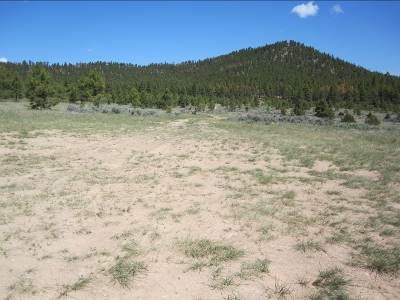BLM Fire Prevention Order temporarily closes North Hills area to shooting
Organization:
Media Contact:

Hills area to shooting. (BLM Photo by David Abrams)
(BUTTE, Mont.) – With fire danger on the rise in parts of western Montana, the Bureau of Land Management’s Butte Field Office has issued a Fire Prevention Order temporarily closing its North Hills area to shooting.
The field office issued an order to temporarily prohibit the discharge of firearms in the North Hills area 10 miles northeast of Helena, effective 12:01 a.m. on July 8 until further notice.
The order stems, in part, from upcoming hot weather conditions in the area and from a shooting-related fire that started in the North Hills area over the July 4th holiday.
“Normally we see several of these shooting-related fires every season, though usually not until later in July,” said Scott Haight, field manager for the Butte Field Office. “This year, we’ve already had one fire and need to take steps now to prevent additional ignitions. Though we’re always reluctant to issue restrictions, the fire potential in the North Hills warrants taking this extra precaution.”
Haight emphasized that access to the BLM’s property in the North Hills area is still open to the public for a variety of recreational activities; the Fire Prevention Order only applies to shooting firearms.
“I anticipate being able to lift the restriction sometime early in the fall or when weather conditions change,” he said.
A copy of the Fire Prevention Order and a map of the affected area are available at the Butte Field Office, 106 North Parkmont, Butte, MT 59701. For more information, call (406) 533-7600.
– BLM –
The BLM manages about 245 million acres of public land located primarily in 12 western states, including Alaska, on behalf of the American people. The BLM also administers 700 million acres of sub-surface mineral estate throughout the nation. Our mission is to sustain the health, diversity, and productivity of America’s public lands for the use and enjoyment of present and future generations.
